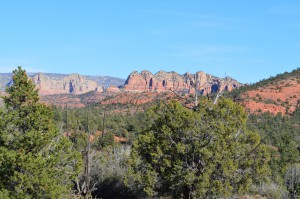
Healthy Environment
Healthy Environment
Nutrient Rich Farming
Full Nourishment Foods
Wellness and Vitality
What if we could tap the immense potential of natural ecosystems as “factories” of essential nutrients for agriculture, food and human health? What if increasing the health and economic value of farms and foods systems and the wellness of people who depend on them ultimately helped fuel demand for the conservation and expansion of forests, grasslands, wetlands and watersheds? These ideas are stimulating innovations which exploit the nutrient value chain to the collective benefit of people, economy and the environment.
From an environmental perspective, strengthening the connections among these components of the nutrient value chain supports and strengthens traditional ecosystem services such as clean air, clean water, and biodiversity. These activities also expand carbon sequestration by increasing the quantity and quality of soils and helps reduce watershed pollution from agricultural runoff—aligning the science and the economics of nutrient cycles.
But more novel opportunities exist. What if appropriate environmental management could upgrade depleted soils, increasing the value of the land and of the crops grown on it? This “nutrient banking” approach suggests ways to generate increased economic value across the entire nutrient value chain. And conversely, efforts to enhance the supply of fresh food and clean water to urban centers—a growing movement—lead directly to efforts to enhance soil quality and protect watershed health of the surrounding rural areas. This is the essence of the nutrient value chain—tapping Nature’s ability to generate and cycle nutrients presents practical opportunities for the environmental, agricultural, food and health sectors to boost each other and grow collectively or systemically, not just incrementally.
The connective power of the nutrient value chain is strongest when the nutrient vitality of an entire region or landscape is managed: when farms, other economic activity in a community, and ecosystems like forests, grasslands, and wetlands are all seen as parts of a single landscape that can grow and steward its own resources.
